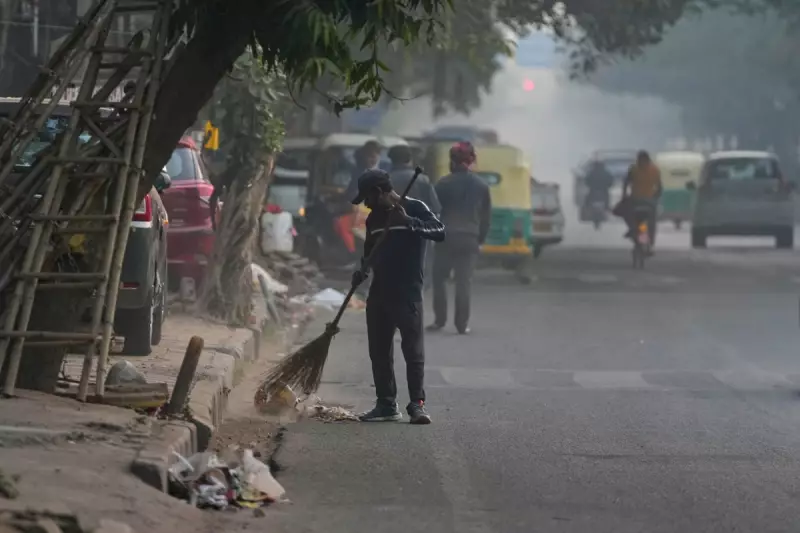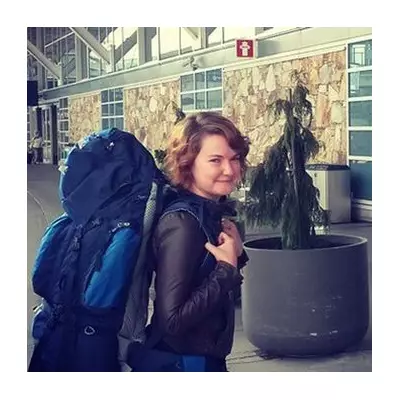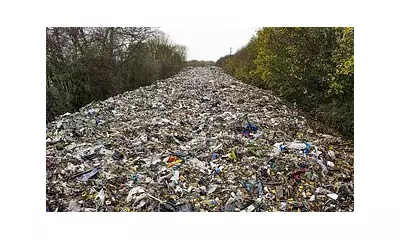
A City Choking: Life Inside New Delhi's Toxic Smog
For close to two months, a thick, toxic blanket of winter smog has suffocated New Delhi, turning the simple act of breathing into a daily struggle for its millions of residents. The acrid air is not just a nuisance; it is fuelling a severe public health emergency. Despite the presence of Indian representatives at global climate talks in Brazil, efforts to find solutions have offered no tangible hope for the city.
Government attempts to remedy the situation in the National Capital Region, home to over 46 million people, have proven ineffective. Interventions like the temporary shutdown of polluters, restrictions on vehicle movement, and even controversial cloud seeding experiments have made little to no difference to the oppressive air quality.
A Day in the Life of a Smog-Choked Metropolis
The smog permeates every facet of daily life in one of the world's most polluted cities. Mornings from 7 a.m. to 9 a.m. see municipal workers cleaning streets and commuters waiting for buses, but health officials strongly advise against outdoor activity. The risks of inhaling the dirty air now outweigh the benefits, leading many to forgo morning walks to avoid coughing fits.
By the midmorning rush hour, from 11 a.m. to noon, the city's main roads are jammed with cars, their exhaust fumes adding to the grey cloud overhead. City efforts to spray roads with water cannons to settle dust provide only short-term relief and are limited to central areas.
Frustration has boiled over into protest. On weekend afternoons, between 2 p.m. and 3 p.m., New Delhi residents have taken to the streets to demonstrate against government inaction. Protesters, often wearing gas masks, hold banners with a simple, desperate plea: “Help us breathe.”
The evening commute from 5 p.m. to 7 p.m. is fraught with danger due to reduced visibility. Even a casual stroll through iconic areas like the India Gate is marred by the smog, which obscures buildings just a short distance away.
No Respite, Day or Night
As the city quietens from 9 p.m. to midnight, the battle for clean air moves indoors. Air purifiers work overtime but are often incapable of filtering all the pollution, leaving residents without a single breath of fresh air. For those on night walks, masks offer little protection.
The human cost is stark. Renuka Jasra, a 54-year-old teacher living in a south Delhi apartment, stated, “The last two months have been miserable. I have breathing difficulties and have had to get medical care.” Echoing the sentiment, Akshay Savoor, 35, reported, “Even masks don’t seem to work. A burning smell comes through even when masked up.”
With government actions failing to curb the crisis, the people of New Delhi are left in a relentless fight for their right to breathe, a fundamental need that has become a luxury.





